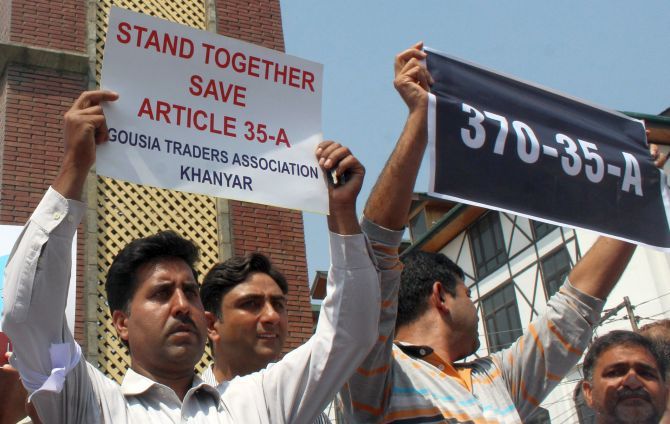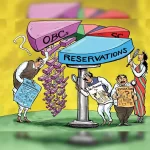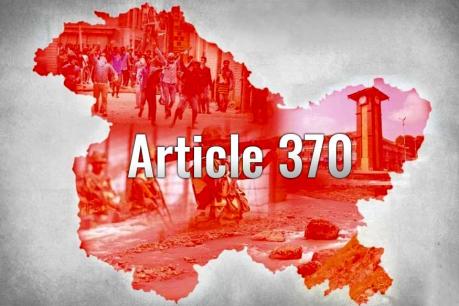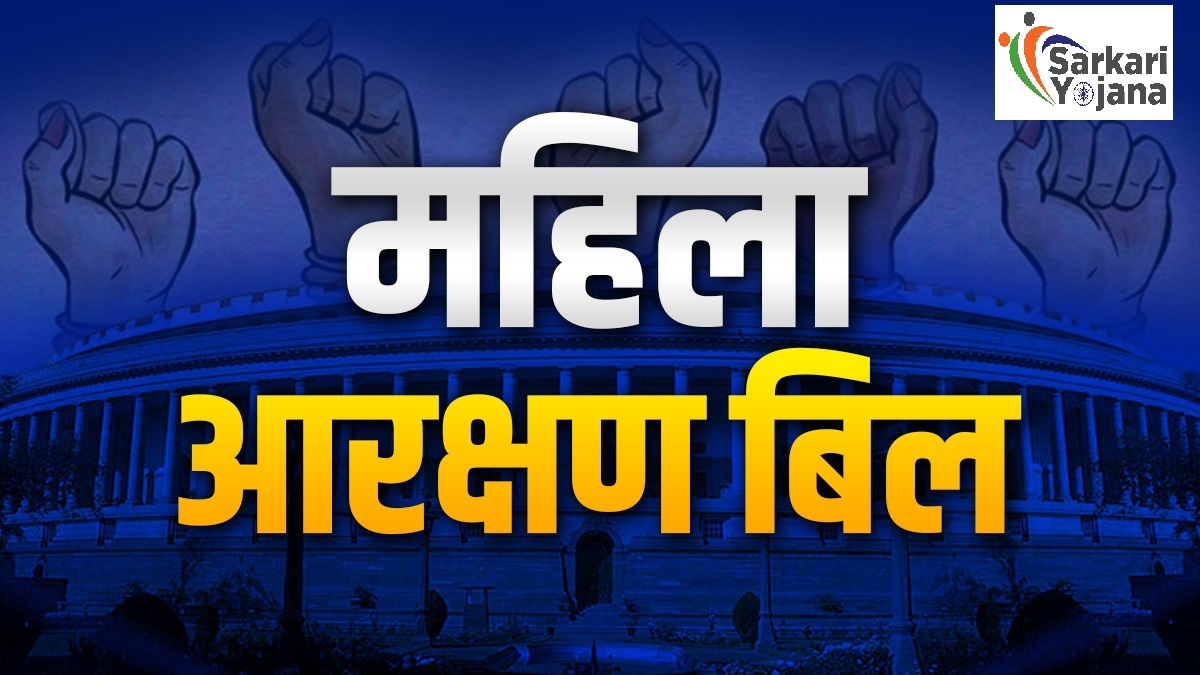In the realm of Indian constitutional discourse, Article 35A stands as a unique provision that has sparked discussions on identity, autonomy, and the delicate balance between individual rights and collective interests. Rooted in history and laden with implications, Article 35A has been both a matter of contention and a symbol of preservation for the state of Jammu and Kashmir. This article embarks on a journey to unravel the multifaceted dimensions of Article 35A, delving into its origins, implications, controversies, and the larger questions it poses for a diverse and democratic nation.

Historical Context and Genesis
Article 35A found its genesis in the 1947 Instrument of Accession when the Maharaja of Jammu and Kashmir acceded to the newly independent India. This accord granted the state a degree of autonomy in various matters, including legislation, citizenship, and land ownership. Article 35A was subsequently added to the Indian Constitution in 1954 through a Presidential Order, conferring upon the Jammu and Kashmir State Legislature the power to define “permanent residents” and provide them with special rights and privileges.
The Complex Tapestry of Identity
At its core, Article 35A reflects the intricate tapestry of identity that characterizes the Indian subcontinent. The provision, while aiming to safeguard the unique demographic and cultural fabric of Jammu and Kashmir, has also ignited debates surrounding the notions of inclusivity and equality in a diverse nation. Critics argue that the provision perpetuates distinctions between residents based on birth, thereby potentially perpetuating social hierarchies. Proponents, on the other hand, emphasize the importance of protecting local culture and heritage in a globalizing world.
Implications and Controversies
Over time, Article 35A has become a touchstone for heated debates and legal battles. One of the most contentious aspects is its impact on gender equality – the provision has been criticized for discriminating against women who marry individuals not recognized as permanent residents. Such women, along with their children, face limitations in claiming inheritance and property rights.

Moreover, critics argue that Article 35A has acted as a stumbling block for economic growth in the region. They contend that its restrictions on non-residents owning property have hindered investment and development, limiting opportunities for progress.
Conversely, proponents highlight that Article 35A has acted as a shield against potential demographic changes that could undermine the unique character of the region. It’s seen as a countermeasure against any influx that could potentially dilute the state’s distinct cultural and social fabric.
Looking Ahead: A Balancing Act
As the years pass, the debate over Article 35A continues to evolve, mirroring broader discussions on the balance between diversity and unity, and between regional autonomy and national integration. The Indian judiciary’s intervention has lent further complexity to the discourse, with challenges to the provision’s constitutional validity bringing the matter to the forefront of legal attention.
Conclusion
Article 35A remains a striking feature in the Indian constitutional landscape, a testament to the delicate interplay between cultural preservation, individual rights, and national integration. As India navigates the waters of its democratic experiment, this provision serves as a reminder of the nation’s commitment to uphold diverse identities while striving for a harmonious union. Its journey reflects the ongoing search for equilibrium between unity and diversity – a quest that defines not only India’s constitutional trajectory but also the essence of a vibrant and heterogeneous society.
Read More:- SSC Junior Hindi Translator JHT Exam 2023 Apply Online
Read More:- Navigating Success: Choosing the Best Courses for 12th Pass-Out Students









